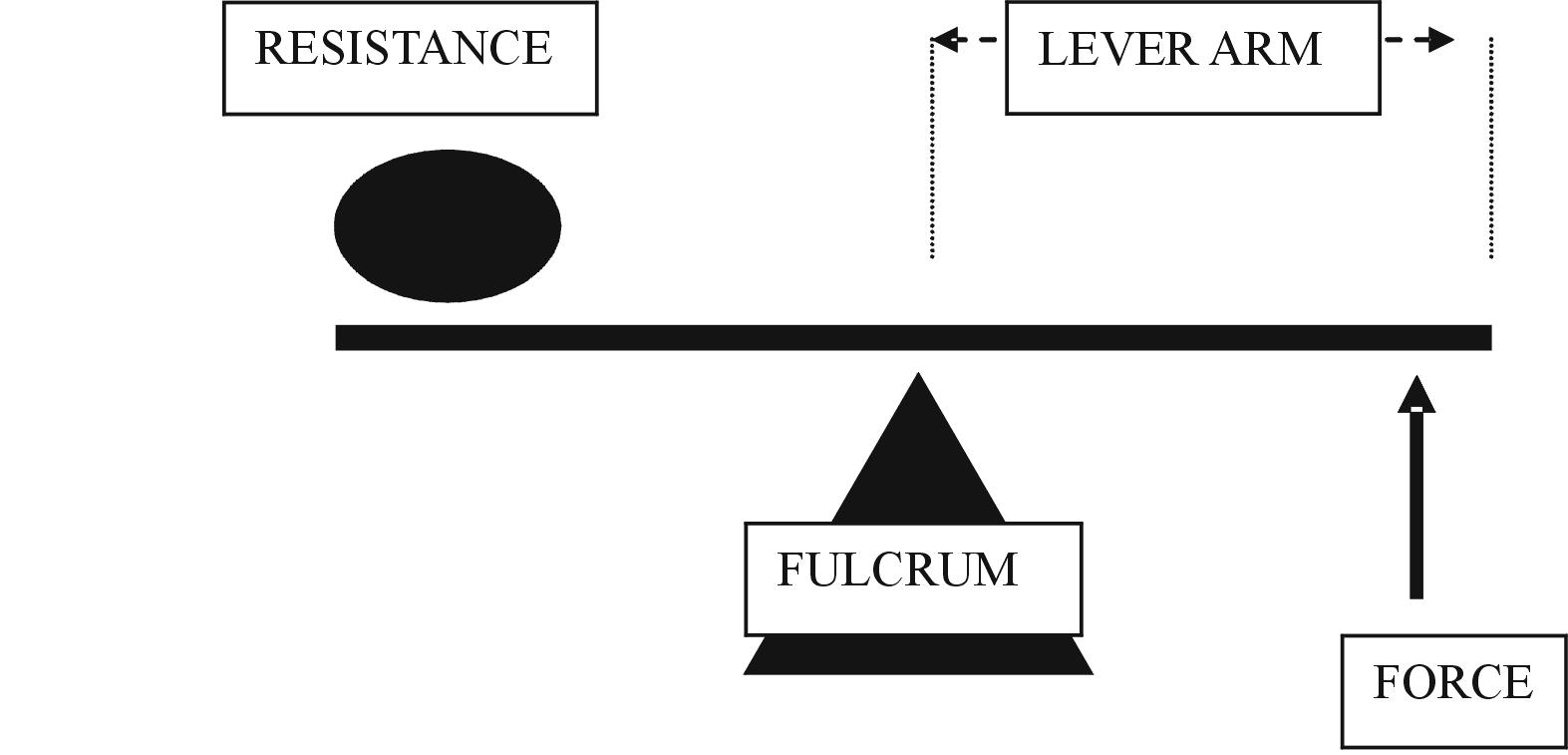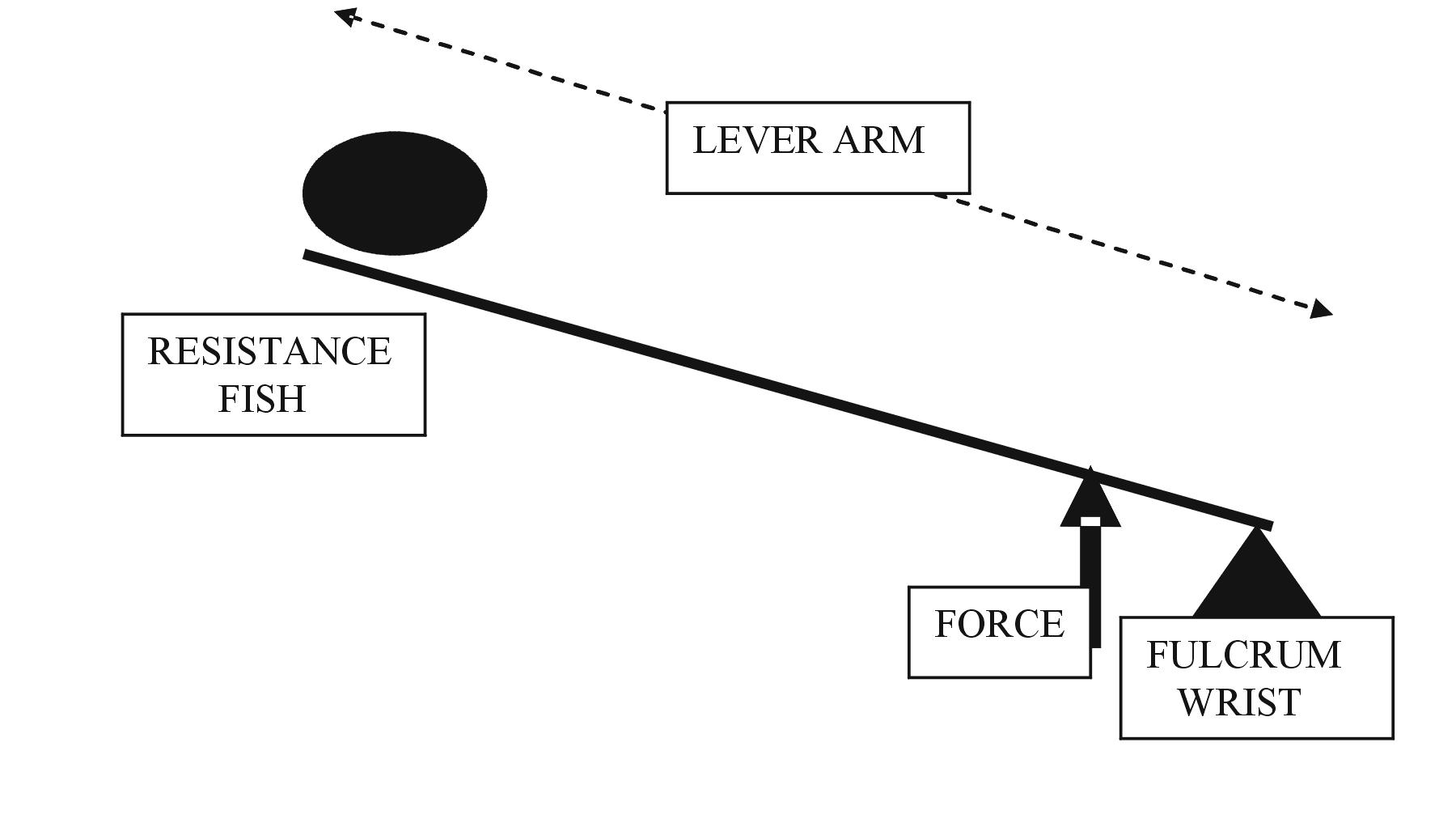|
www.sciencetrix.com |
THE SCIENTIFIC MAGIC SHOW
MAGIC TRICKS - SCIENCE FACTS |
| Home | Academic Video | Performance Video | Contact | About Us |
*PROGRAM INFORMATION* *LETTERS OF RECOMMENDATION* *ARTICLES* A REVIEW OF HISTORICAL LITERATURE WHY INFORMAL SCIENCE EDUCATION ? NY TIMES STORY re: An Elegant Solution
*SCIENCE AND MATH TRICKS* *VIDEO LINKS**CONTACT* |
AN ELEGANT SOLUTION
TO AN AGE OLD PROBLEM
For centuries,
people who fly fish have had the problem of landing a fish wiggling at the end
of their rod. In the first edition
(1653) of Izaak Walton’s The Compleat
Angler “But what say you now? there is a Trout now, and a good one too, if I can but hold him; and two or three turns more will tire him: Now you see he lies still, and the sleight is to land him: Reach me that Landing net…” And again in chapter IV, “I now see it is a Trout; I pray put that net under him, and touch not my line, for if you do, then wee break all. Well done, Scholer, I thank you. Now for an other. Trust me, I have another bite: Come Scholer, come lay down your Rod, and help me to land this as you did the other. So, now we shall be sure to have a good dish of fish for supper.” Three hundred and fifty plus years later the modern angler has the same problem. Once one who has hooked a fish how can the fish be landed single handedly? In effect the pole, string, fish combination is a pendulum with a chaotically moving bob, attached to a thin, flexible, 3rd class lever. If you are fishing
with a guide or friend, it’s easy to say, “Help me.” What can one do if a fishing partner is too
far away to help quickly or worse, nonexistent?
Up until now one has had to dangle the fish overhead at the end of the
rod and try to net it with the other hand. What does look like on when we do
it? With music added it might make an
interesting segment for “The Wizard of Wall Street, Ace Greenberg, a
seasoned fisherman, inveterate problem solver and inventor, has always found
this to be a vexing problem. After years
of thought and reflection he has invented a couple of answers to the problem.
The first is OK, the second one a remarkably simple, elegant solution. After this innovation, we might just have to
start calling him the Archimedes of Angling. His first idea was to put an extension on the end of his net. He attached a piece of broom handle, to the handle of the net, with a bolt and wing nut. The wing nut/bolt combination allowed him to fold the handle out of the way while trekking to his favorite streams. After selecting his spot along the stream bed, he would extend the handle to its full length. This helped a bit when netting the catch by extending his reach, but not enough. His experimentation for an easier method continued. When used in the normal manner a fishing rod is a 3rd class lever. A 3rd class lever has the fulcrum at one end, the resistance at the other end and the force applied in someplace between the two. The distance the resistance moves is greater than the distance the force moves. This type of lever is wonderfully adapted for casting a fly into the middle of a stream. Imagine what your accuracy would be and what your arm would feel like if you had to throw the fly into a stream by hand. Though the 3rd class lever is great for casting accurately at a distance (with practice) it is not the most efficient lever for landing a fish. The moments of force (effective weight) on the end of the fly rod and the extended lever arm, along with a gyrating fish at the end of the string (a chaotic pendulum) make this type of lever less efficient and useful than one might wish for when netting a catch.
Greenberg has hit upon is an ingenious use of the principles of leverage to solve the problem of landing a fish when alone. He has found a way to easily turn the 3rd class lever into a 1st class lever. A first class lever has the fulcrum between the force and resistance. Think of a seesaw.
 When both arms are of equal length, the lever is at equilibrium when the force and resistance are equal. It takes 3 pounds of force to hold a 3 pound fish level (in equilibrium) no matter the total length of the lever. Greenberg’s concept is to move the fulcrum from the end of the rod to the center, between the force and resistance, essentially lessening rod flexibility, making the lever arm shorter, the effective weight of the fish less, and control of the fish much easier. Instead of attempting to hold the rod vertically, he extends his right hand and places the center of the rod behind his neck. He uses his neck as the fulcrum in effect, changing a third class lever into a first class lever. Assume the angler is right handed. Once the rod is resting against the neck, bring the right hand closer to, or further away from the body, adjusting the length of the lever. This will make a relatively easy chore of putting the net in the left hand, directly underneath the fish. This is an elegant solution to an ages old problem. Greenberg wonders why no one (including himself) ever thought of this before. Try this technique and you too will wonder why this easy, common sense procedure has been undiscovered for all of these centuries.
[1] The
|
|
|
Copyright Bob Friedhoffer 2007 - All Rights Reserved. |
||
